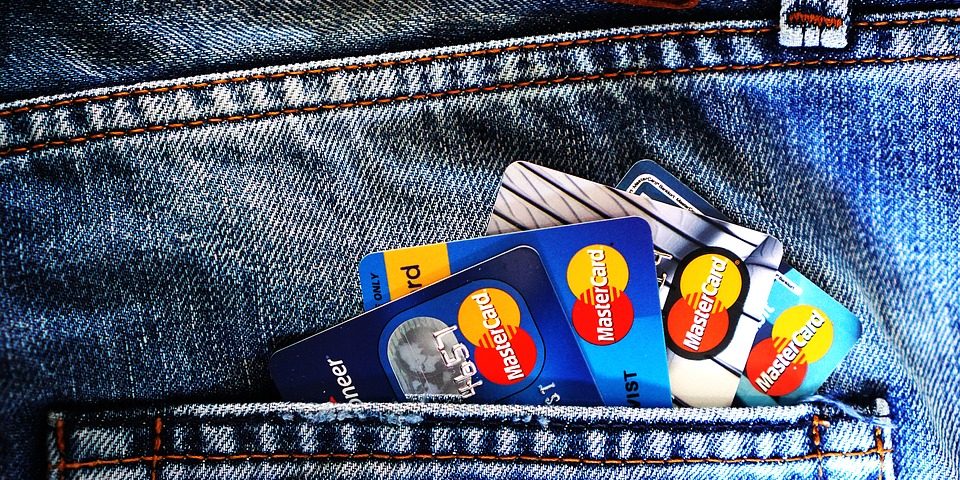Getting a credit card in today’s digital age is easy. The only thing you have to do is to go online, search on Google, fill in the online application and ta-da, you get your credit card in your letter box a few days later.
However, in a time when we experience such convenience, making the choice of the right credit card becomes a much harder task. Not every credit card is the best option you can get. To make the most of your credit card, you need to ensure that you choose the right credit card. There are three things you need to look out for when choosing a credit card.
3 Things To Look Out For When Choosing A Credit Card
- Cashback, Air Miles, Rewards
It is almost inevitable that you need to spend to get your necessities. So, why not make the best of your spending on necessities and exchange them for some perks by paying through your credit card?
Credit card providers offer a few types of perks: Cashback, air miles and rewards. The concept of cashback is simple. For every dollar that you spend via your credit card, you will get a percentage cash rebate from your credit card provider. The cashback percentage ranges from 5% to 10%. Air miles points can also be earned from spending. For every dollar you spend, your credit card provider will gift you some air miles. These air miles can be accumulated and used to exchanged for air tickets.
Apart from cashback and air miles, credit card can also help you earn rewards. Credit card rewards usually vary from provider to provider. For example, Citibank SMRT card lets you earn SMRT$ for cash rebate or vouchers for all your transport payments. You also do not have to pay the convenience fee charge for EZ-Reload Auto Top-up transactions.
To find the best-in-class credit card for cashback, air miles and rewards, you can use Moneyline’s comparison tool to compare credit card benefit across different credit card provider here.
- Fees That You May Be Charged (Annual, Balance Transfer, Late Payment)
To cover the basic costs of their card business, banks do charge credit card holders some fees. Annual, cash advance and late payment fees are some of the common fees that most credit card providers charge.
Annual Fee
Annual fee is an annual membership fee for the use of the credit card and the supplementary card. Some credit card providers do waive away this fee if you make a few purchases on the card. There are also some credit card providers like DBS which offers waiver on annual fee in your first few years with them.
Cash Advance Fee
Credit card has the function of allowing you to withdraw cash from the ATM or over the bank counter. This is known as cash advance service. For each time you withdraw cash using the cash advance service, you will be charged 3% to 6% of the amount taken, subjected to a minimum amount. The cash advance fee is on top of the amount advanced.
Late Payment Fee
As the name suggests, the fee is imposed whenever you are late in making the minimum monthly payment by the payment due date.
Less cost translates to more value for you as a credit card holder. Finding the credit card provider that charges you the least fees will help you minimise your cost of ownership of using your credit card and thus, allows you to derive more value out of your credit card. Trying to find the best value for money card? Try Moneyline’s comparison tool.
- How Your Credit Card Interest Is Calculated
Apart from the perks that come with credit cards, you also need to look out for the potential costs of credit cards. One of the most “deadly” cost of credit card is the interest rate. For banks, interest rate on your credit card is the bulk of their earnings from issuing cards. While banks do make some money from getting you to spend and charging you some fees, the earnings from fees is still much smaller than their earnings from interest rate.
In Singapore, the annual effective interest rate of credit card is in the range of 22% to 26% p.a., depending on your provider and type of credit card. This means that if you only choose to clear the minimum sum every month, you will incur the full 20+% of interest rate p.a.
Most consumers are unaware of how interest rates on your credit card is calculated by the banks. The total interest amount payable can be calculated using the following formula:
Total Credit Card Interest Payable = Balance x Daily Periodic Rate x Number of Days in a Billing Cycle OR Unsettled payment x (Annual Percentage Rate/365) x Number of days in a billing cycle
As a general rule of thumb, the higher the credit card interest rate, the less attractive the credit card is regardless of the types of benefits it can offer. However, there is one caveat. If you can pay off your monthly credit card bills on time, then credit card interest is less of a concern for you.

